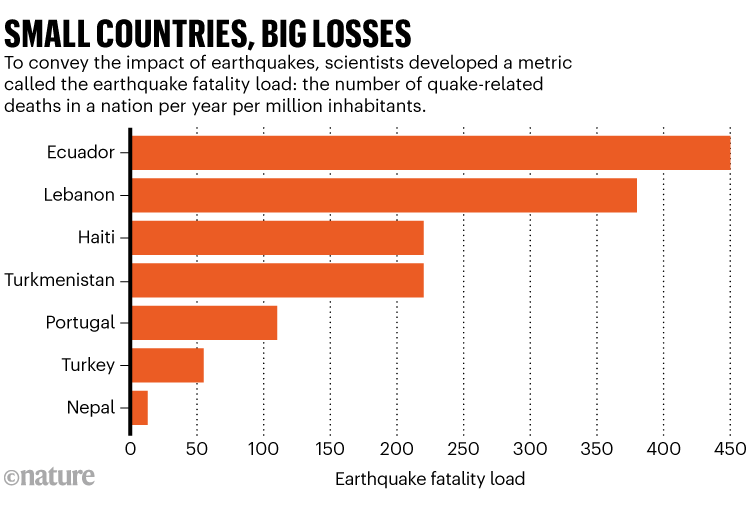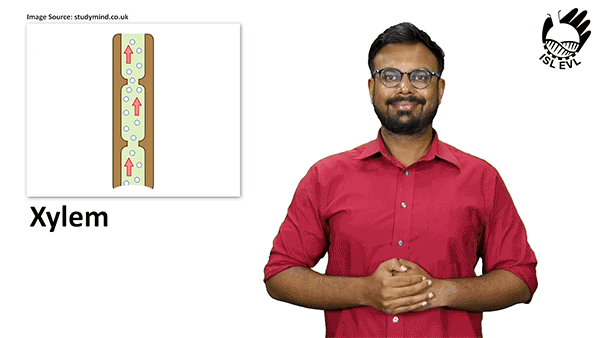Hello Nature readers, would you like to get this Briefing in your inbox free every day? Sign up here.

Conditions in the star-forming region Cygnus OB2 are ideal for producing high-energy cosmic rays.Credit: X-ray: NASA/CXC/SAO/J. Drake et al; H-alpha: Univ. of Hertfordshire/INT/IPHAS; Infrared: NASA/JPL-Caltech/Spitzer
A turbocharged galactic accelerator could produce the Milky Way’s most powerful cosmic rays. The origin of these ultra-fast particles is hard to pin down because they bounce off magnetic fields, so their flight paths are difficult to follow. To get around the problem, researchers measure particles that are produced when cosmic rays hit interstellar gas and that travel in straight lines. One huge gamma-ray-emitting bubble was detected within a star-forming region in the Cygnus constellation.
Nature | 4 min read
Reference: Science Bulletin paper
Experiments in mice suggest that eye diseases that had been considered to be purely genetic might be caused in part by bacteria that escape the gut and travel to the retina. Certain genetic mutations that cause retinal damage and even blindness are associated with weakened cell layers both in the colon and in the eye. Antibiotics seem to reduce eye damage in mice, but it’s unclear that this will translate to humans, says neurobiologist Jeremy Kay. “I don’t believe that they’ve shown that the bacteria really go to the eye extensively enough to do much of anything,” he says.
Nature | 4 min read
Reference: Cell paper
Live music seems to engage our emotions in ways that recorded music doesn’t. Volunteers lay in an MRI scanner and listened to tracks composed by researchers — either played live on a piano or pre-recorded. Pianists were told to accentuate their playing when the listener’s brain was getting revved up — much like a live band might rock harder in response to the crowd’s energy. The live performance stimulated the parts of the brain involved in processing emotions more strongly and consistently than recorded music.
New Scientist | 3 min read
Reference: PNAS paper

Participants heard musical pieces played by two pianists, not knowing that some were recorded and some live — and the musicians could see how the listener’s brain was responding. (Trost, W. et al./PNAS)
Features & opinion
Table of Contents
Chinese researchers being detained at the US border is just one of the enduring ripple effects of the China Initiative. The controversial policy, which sought to prosecute perceived Chinese spies in research, ended officially in 2022, but left a chilling climate. Some scientists have changed their research focus to attract less scrutiny, and one mathematician describes a drop-off in applications from Chinese students. “The US is losing talent”, which is “a national security problem”, says computer scientist Kai Li. The Asian-American Scholar Forum is now working with policymakers to prevent the return of the China Initiative or similar policies.
Nature | 13 min read
An asthma medication called omalizumab appears to protect against severe food allergies, particularly to peanuts. In a study of 180 severely allergic people — mostly children — 67% of those who received the drug were able to ingest the equivalent of two or three peanuts without it causing a significant reaction, compared with just 7% of those who received a placebo. The drug doesn’t offer an outright cure, but it lowers the risk that ingesting a trace amount of the food will prove catastrophic. The downside: the drug requires regular injections that can cost more than US$1,400 each.
Nature | 5 min read
In 2023, diver Richard Harris reached a depth of 230 metres at the Pearse Resurgence, an enormous water-filled cave in New Zealand, breathing a mix of oxygen and hydrogen. Scientists, engineers and divers of the H2 Working Group are experimenting with this hydrox mixture to reach unprecedented depths beyond 300 metres. Hydrogen mitigates oxygen’s toxicity at high pressure while limiting the neurological effects — narcosis, tremors and seizures — more than other metabolically inert diluent gases. But hydrox is dangerously explosive. “If you’re breathing that mix when it’s burning, it’s going to be a very unpleasant dive,” says John Clarke, the former scientific director of the US Navy Experimental Dive Unit.
MIT Technology Review | 15 min read
Infographic of the week

Source: Ref. 1.
The countries most affected by earthquake-related deaths aren’t necessarily the ones experiencing frequent and strong quakes. Researchers analyzed data dating back more than 500 years and found that a country’s ‘earthquake fatality load’ depends on the size of its population, how earthquake-resistant its infrastructure is and its ability to respond to disasters. This might explain the relatively low load of countries that lie along major fault lines, such as Nepal (ranked 27th), Japan (28th) and Indonesia (31st). The good news is that the fatality load is dropping everywhere, partly thanks to better construction methods. (Nature | 4 min read)
Reference: Bulletin of the Seismological Society of America paper
Today, I’m excited to hear that Japan’s Moon lander has defied expectations and survived the harsh lunar night. The spacecraft has started communicating with Earth again after rolling upside down, leaving it unable to properly use its solar panels.
Help me to keep this newsletter energized by sending your feedback to briefing@nature.com.
Thanks for reading,
Katrina Krämer, associate editor, Nature Briefing
With contributions by Flora Graham, Smriti Mallapaty and Sarah Tomlin
Want more? Sign up to our other free Nature Briefing newsletters:
• Nature Briefing: Anthropocene — climate change, biodiversity, sustainability and geoengineering
• Nature Briefing: AI & Robotics — 100% written by humans, of course
• Nature Briefing: Cancer — a weekly newsletter written with cancer researchers in mind
• Nature Briefing: Translational Research covers biotechnology, drug discovery and pharma

